Adobe Lightroom - Best Retouching Software For DSLR Photographers
Most of you might have heard of Adobe Photoshop, but few have owned it unless you are a professional photographer or graphic designer. If you are a hobbyist, and if you are looking for the alternative of Adobe Photoshop, check out Adobe Lightroom. Its newest version 5 is a mere ~$150 investment (2019 update: Adobe Lightroom is part of the Adobe Creative Cloud at $9.99/mo, see detail) but meets lots of retouching needs for amateur and professional photographers.
I have walked through several stages in believing what constitutes a great photograph - from zero retouching, to heavy retouching to not too much retouching.
Over the years, I've used Adobe Photoshop (version 3, 5 and 6), Adobe Lightroom (version 2, 3, 4 and now 5), Apple's Aperture (when it just came out), Nik Software's complete collection from Color Efex Pro (version 3 and 4), HDR Efex Pro 2, Silver Efex Pro (version 1 and 2), Dfine 2, Viveza (verion 1 and 2).
Right now, over 95% of my photo retouching is completed in Adobe Lightroom.
Not only the basic exposure, contrast, level, curve adjustment can be applied directly in Adobe Lightroom, brush, filters and even clone adjustment can also be applied. If you are not a graphic designer and need to add text or creative background to an image, you can totally use Adobe Lightroom to finish your retouching from the beginning to the end.
In addition, Lightroom can efficiently organize your photos and easily batch process multiple images, which is not the strength of Adobe Photoshop. See how I retouch photos with an average of 5 seconds.
If you are a beginner or have never heard of Adobe Lightroom, here are some fundamentals you need to know.
Why Do You Need To Retouch?
Photography is a language. It's a form of expression. The biggest factor in determining the quality of your photos is you: how you compose an image, how efficiently and effectively you handle the camera and additional equipment (such as tripod, filters, etc.) in various lighting conditions and for different subjects, how you extend your creative process in post-processing or retouching to enhance your photos.
Please do not mistaken retouching as "fixing" photo problems. No retouching software can help you create a beautiful photo if your composition sucks. Most master photographers use retouching software to enhance the "voice" of an image. It's part of the expression and creation process. Ansel Adams post-processed many of his photos in the darkroom, and that didn't downgrade him as a master photographer.
Why Adobe Lightroom
Compared to Photoshop, Lightroom is less expensive, much easier to learn.
No other software does a better job than Lightroom to combine the two tasks seamlessly - photo organization and retouching.
I'm speaking from my years' experience dealing with multiple photo software and refining my workflow. I have reduced my post processing time on each photo from 30-60 minutes at the very very beginning, to 10 minutes, 5 minutes, 1 minutes and now down to 5 seconds.
If there's a better workflow that can achieve even less, I'd love to explore. Oh I know the one-click presets - but if I was given hundreds of presets, it will take me quite long to scroll up and down to find them - unless I always choose a few one-click presets.
In short, if I have to choose one single photo processing software, I would recommend Adobe Lightroom!
Here are some before / after images.
To significantly speed up your retouching workflow, click below or check out the 3rd P of my 3P Photo Creation Process.
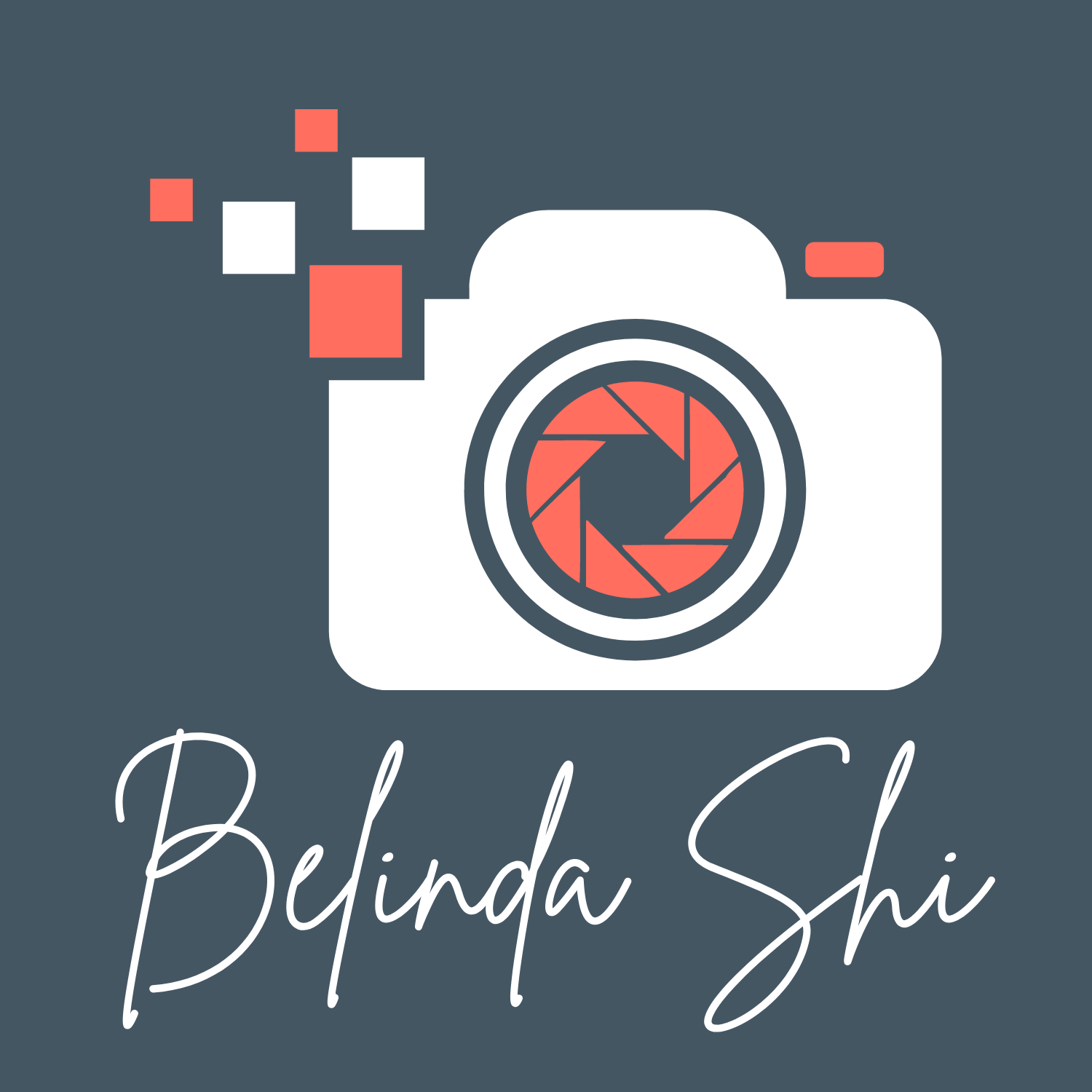
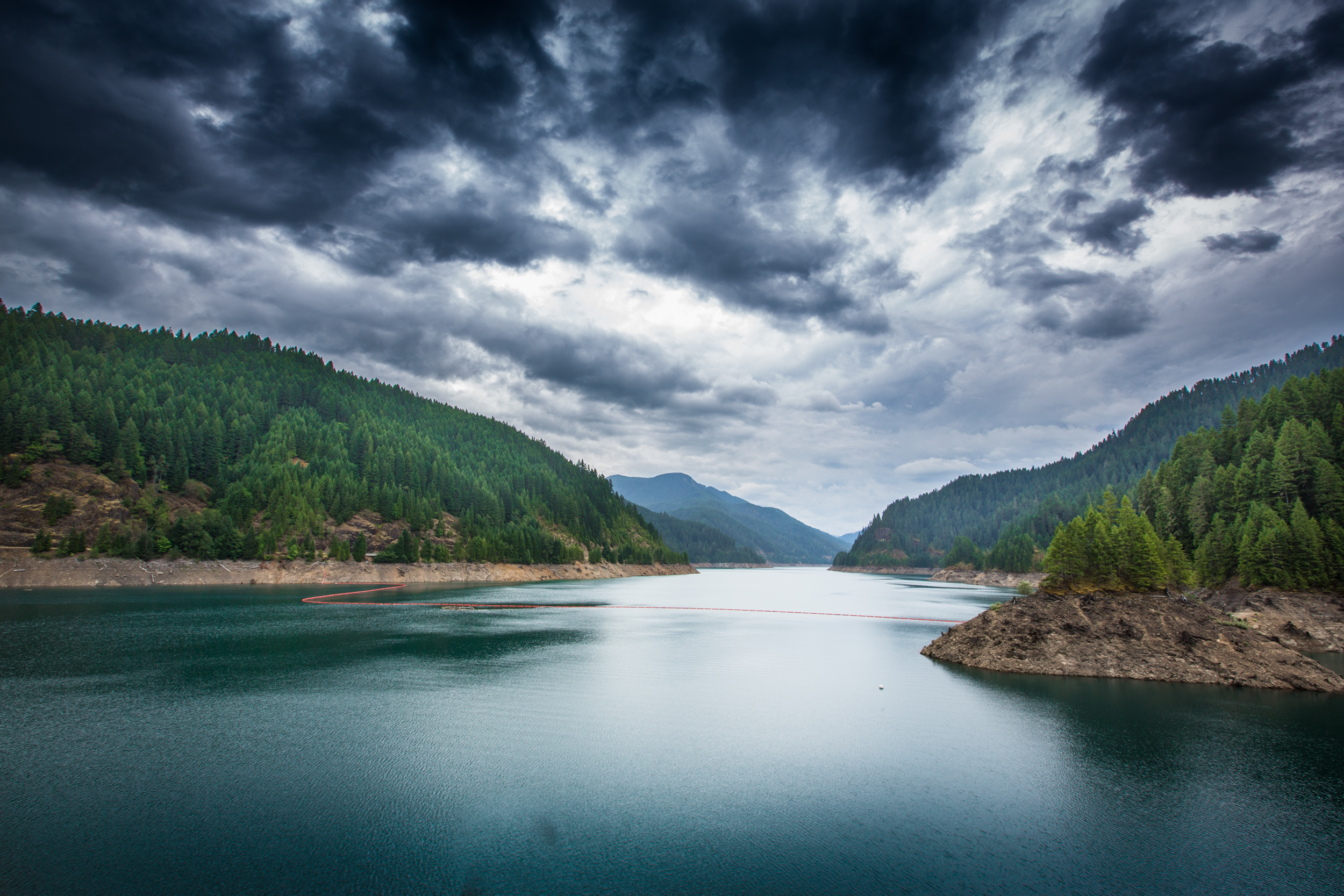
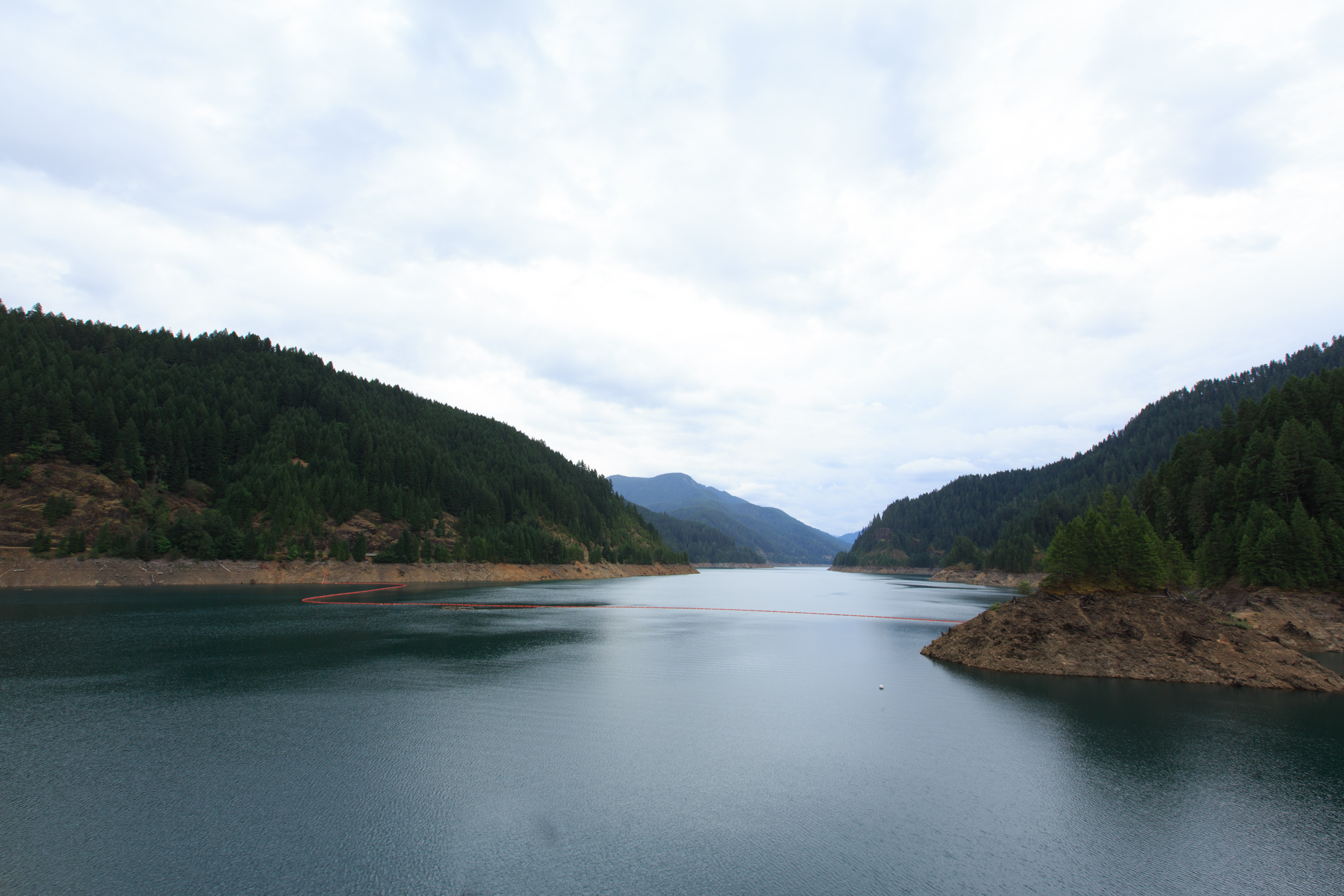
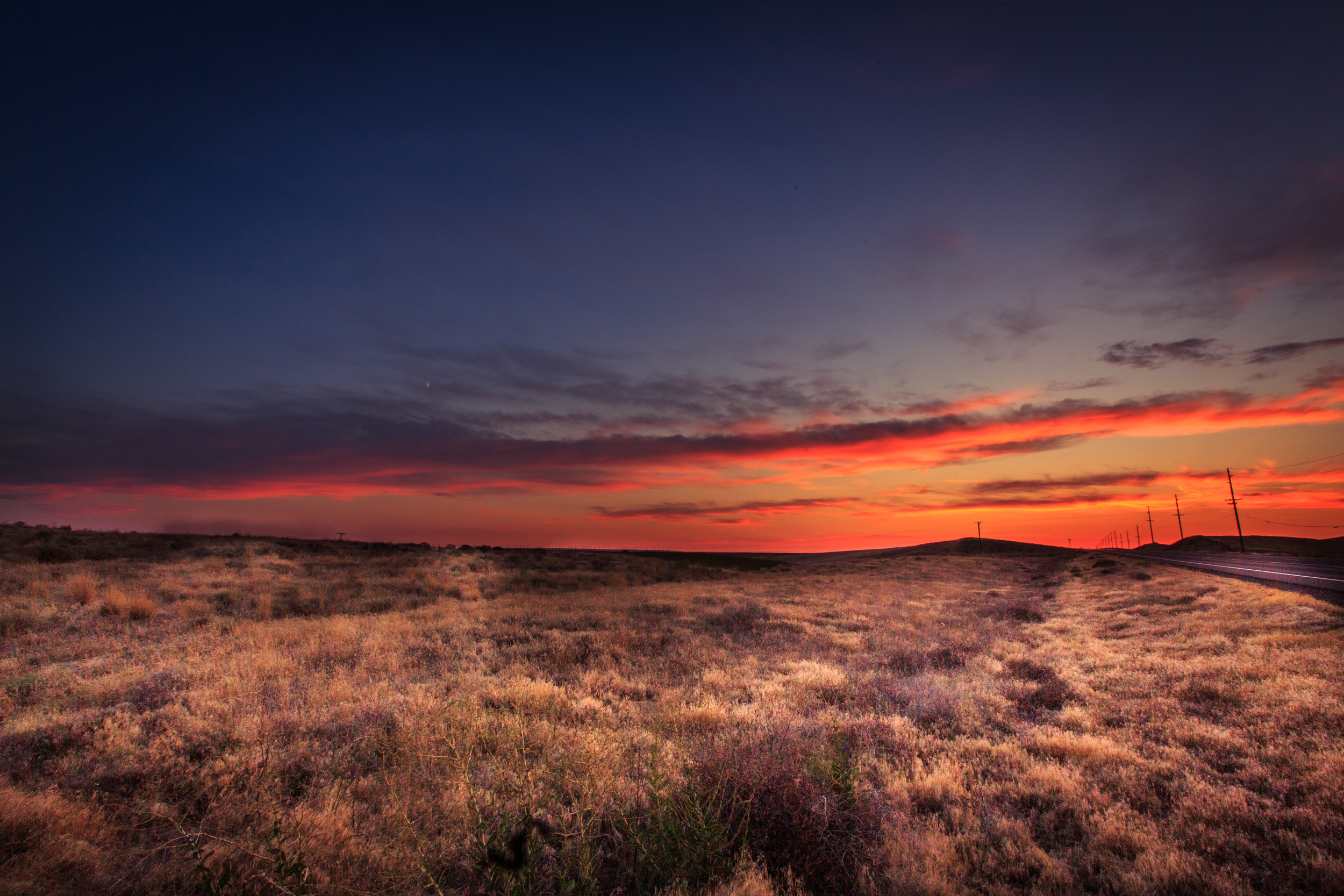
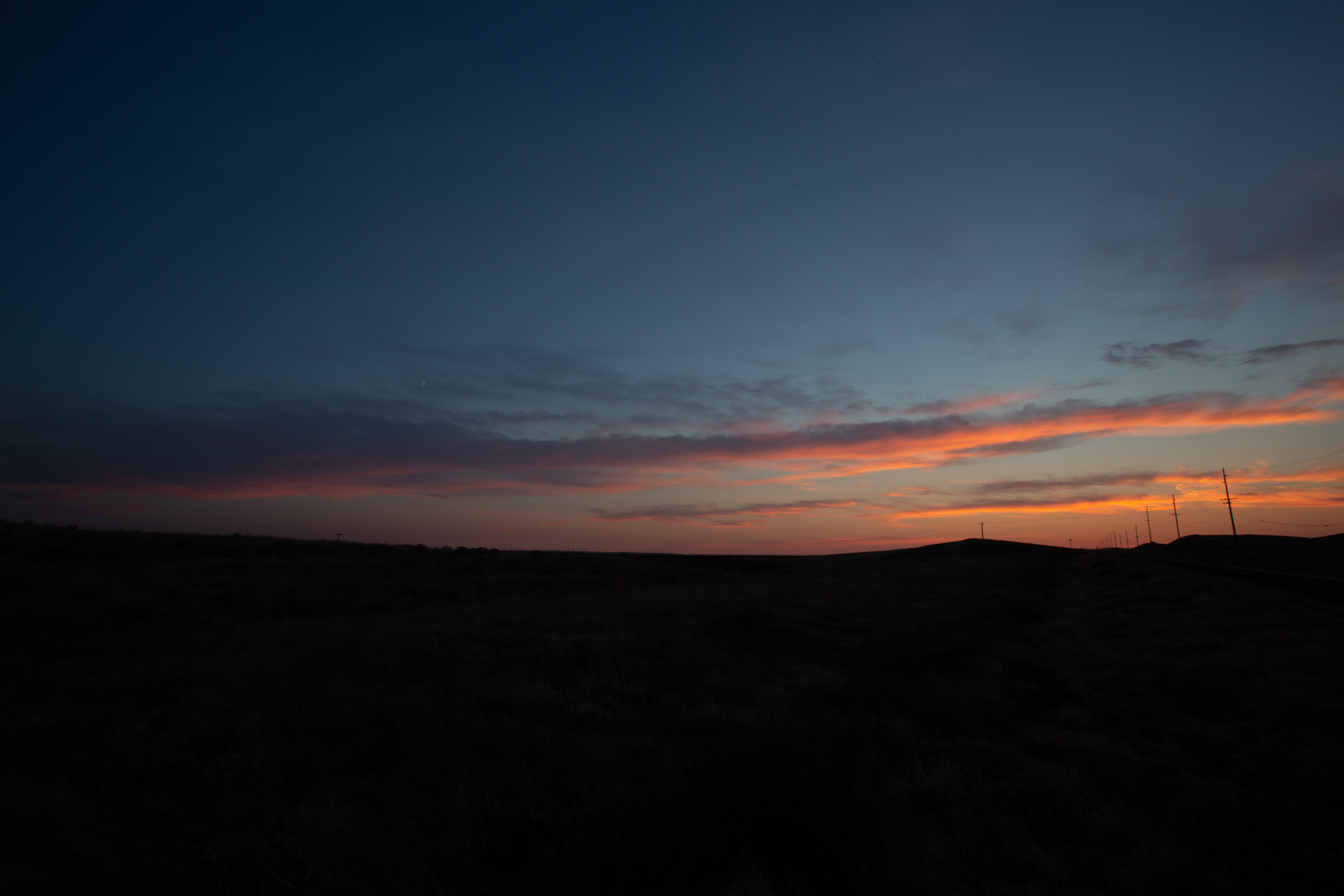




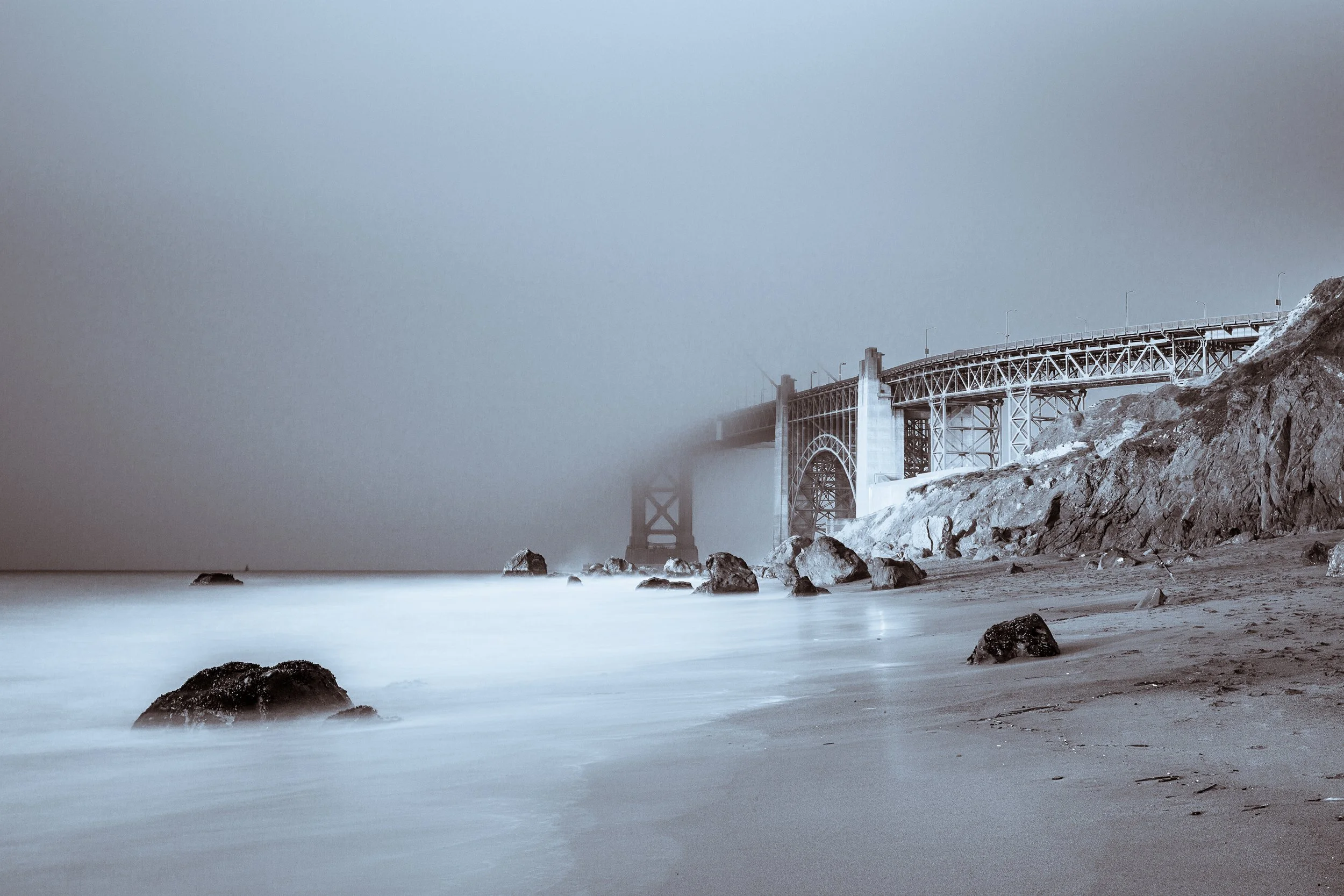


Different from taking landscape photos, when I generally have heavy planning in advance, my travel photos have a much higher rate of “error” to begin with. Watch my video tutorial on how I edit my travel photos.